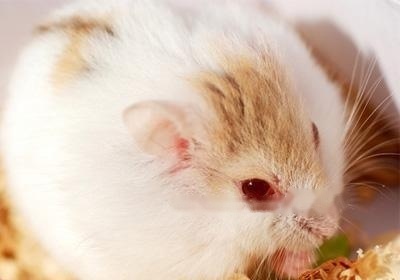
Amber Hamster
Length: 10-12cm
English name:Chi Flying squirrel, flying squirrel
Origin: China
Life: 7-10 years
brownFlying squirrel is also called red flying squirrel, giant flying squirrel, giant flying squirrel, red giant flying squirrel, etc. The body length is 360-480 mm, and the tail length is 330-425 mm. The hind feet are 68 to 75 mm long. Weight about 600 grams. Distributed in Fujian, Guangdong, Sichuan, Guizhou, southeastern Tibet and Taiwan, and possibly also in Guangxi. Mainly feed on fruits, nuts, twigs, and young grasses. Sometimes also eat insects and their larvae.
Chinese name: Brown flying squirrel
Latin scientific name: Petaurista petaurista
Alternative names: red flying squirrel, giant flying squirrel, giant flying squirrel, red giant flying squirrel
Kingdom: Animalia
Department: Chordate
Class: Mammalia
Order: Rodent
Family: SquirrelFamily
genus : Flying Squirrel
English name: Common Giant Flying SquirrelEnglish name: Red Giant Flying Squirrel
BrownFlying Squirrel Also known as red flying squirrel, large flying squirrel, big flying squirrel, red giant flying squirrel, etc., the body length is 360-480 mm, the tail length is 330-425 mm, and the rear foot length is 68-75 mm. Weight about 600 grams. The back of the body, wings, feet and tail are shiny russet to dark chestnut red; the nape and the middle part of the back of the body are darker; the body is ventral with pink or orange-red, gradually becoming russet below the edge of the wings , the sides of the abdomen are white. There is a little black hair behind the ear shell. The eyes and cheeks are black, and there is a small brown spot on the chin.
The skull is short and wide, about 66.6% of its length. The muzzle is short. The upper part of the skull is almost straight from the front to the middle, and slightly curved in the rear. Interorbital depression. The front end of the nasal bone is wider than the rear end, and the rear end exceeds the rear end of the premaxilla. There is a dent in the front of the supraorbital process. The incisor holes are narrow and short, only 4 mm long. The posterior border of the palate is almost straight, with no cusps in the middle.
The brown flying squirrel is a larger flying squirrel with a long, generally cylindrical tail, and some smaller species have a slightly flat tail. The limb bones are slender, and some of the distal humerus have an obvious medial epicondyle hole, which is rare in rodents. The fibula of the hind limbs are very slender, but intact. The bones of the forearm are also extremely slender. The wrist, like the flying squirrel, has a cartilage that stretches the leading edge of the glider wing. The skull structure is similar to that of a flying squirrel, but it is thicker and stronger. Interorbital depression is obvious. Skull sutures tend to heal earlier. Both frontal and parietal midlines disappeared. The suture between the interparietal and parietal bones is also absent. The tooth type is similar to the small type. However, the first small upper premolar is located in the middle of the anterior margin of the second largest upper premolar, and the size of the coronal surface of the latter is similar to that of the first and second upper molars. The third upper molar is the smallest of the cheek teeth. The smallest jaw is the first cheek tooth. The three lower molars were all similar in size. The crown structure of the upper molars is different from that of the flying squirrels; each upper molar crown has two anterior and posterior transverse ridges, while the last molars of the flying squirrels have only one anterior transverse ridge. There are 3 pairs of nipples.
It nests in tree cavities and is active all year round. Hiding in tree holes during the day, or curling up in trees, generally more than 20 meters above the ground, and gliding between trees with leather wings at night. Forages among the branches of the lower crowns of conifers and broadleaf trees. Mainly feed on fruits, nuts, twigs, and young grasses. Sometimes also eat insects and their larvae.